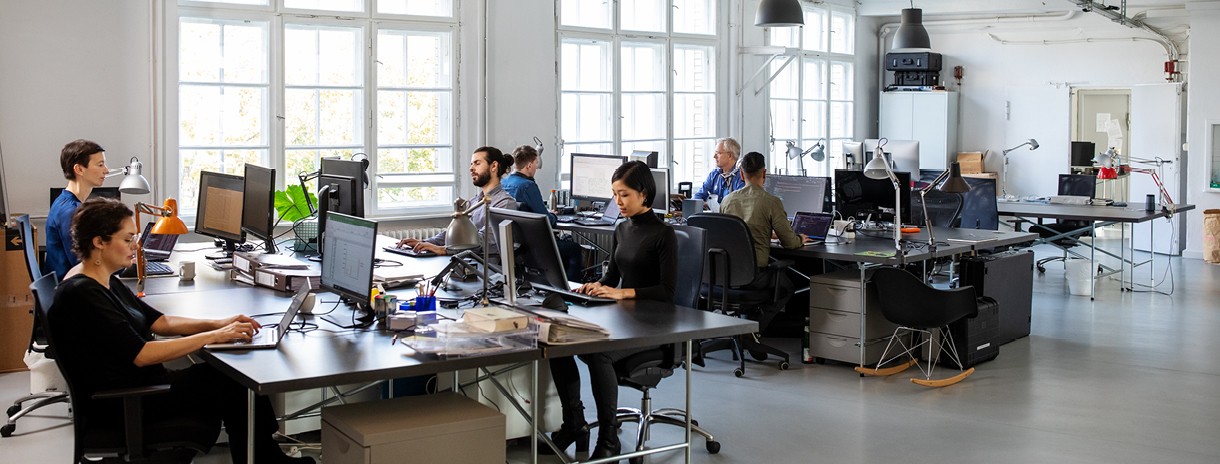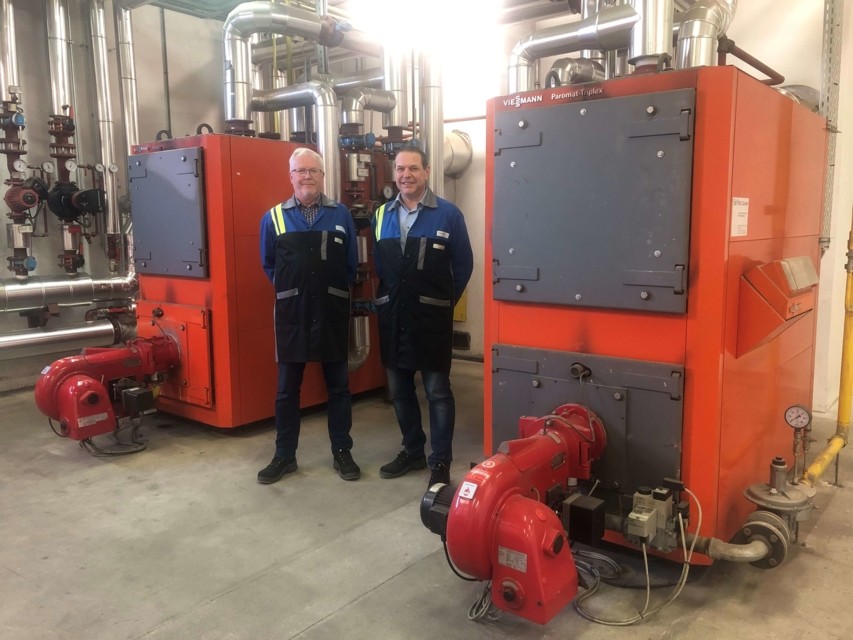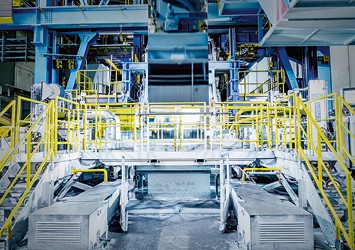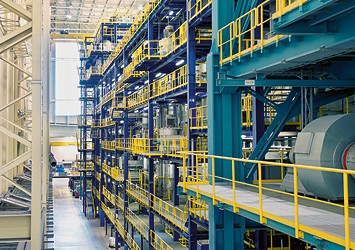Cool solution: heat from cooling water

voestalpine Automotive Components Linz
voestalpine Automotive Components in Linz says bye, bye to CO₂ from fossil energy for heating and air conditioning in administration and production. Sustainable, environmentally friendly energy now creates a well-tempered working environment. Project manager Christian Sittenthaler and technical manager Gerhard Giesauer in an interview about the next step of the “CO₂UNTDOWN TO ZERO”.
CO₂-neutrality as a goal
What is the “CO₂UNTDOWN TO ZERO”?
Gerhard Giesauer: The entire Metal Forming Division of voestalpine, which also includes voestalpine Automotive Components Linz, is pursuing the mission of being CO₂-neutral by 2035. CO₂UNTDOWN TO ZERO is the motto. Hundreds of projects are currently being implemented. Some things have already been achieved, much lies ahead of us. With our exit from fossil energy to heat the buildings at voestalpine Automotive Components Linz, we are a step closer to our goal.
A sustainable and obvious source of energy
Can you briefly describe the initial situation and the project?
G. Giesauer: Our company voestalpine Automotive Components Linz is the world's largest single location to produce Tailor Welded Blanks with two plants in Linz. Around 270 people work here in production and in the offices, which were previously heated with gas. Almost immediately our neighbor is the steel mill where voestalpine produces quality steel. Our idea was to harness the thermal energy of the cooling water from steel production using a heat pump. This means we can replace natural gas as an energy source for 100% and also significantly reduce the energy required for hall cooling.
How was the project actually implemented?
Ch. Sittenthaler: Specifically, we use the cooling water from two production facilities of our sister division voestalpine Steel. The cooling water is drained into a canal not far from our buildings. A feasibility study showed that the residual heat from this resource is sufficient to cover the heating energy needs of our Plant 1. We then tackled the innovative heat supply concept. The structural core consisted of placing almost 180m of heat exchangers in the cooling water channel. To make this possible, a bypass for the cooling water channel was created for a few days.

And where does the operating energy come from?
G. Giesauer: We generate the green electricity to operate our heat pumps ourselves using our own photovoltaic systems on our factory roofs. We use the surpluses from the PV systems for our project and therefore do not need any additional external electricity.
Ch. Sittenthaler: So, a project that will pay off for the company and the environment in the future.
Thank you for the talk.



